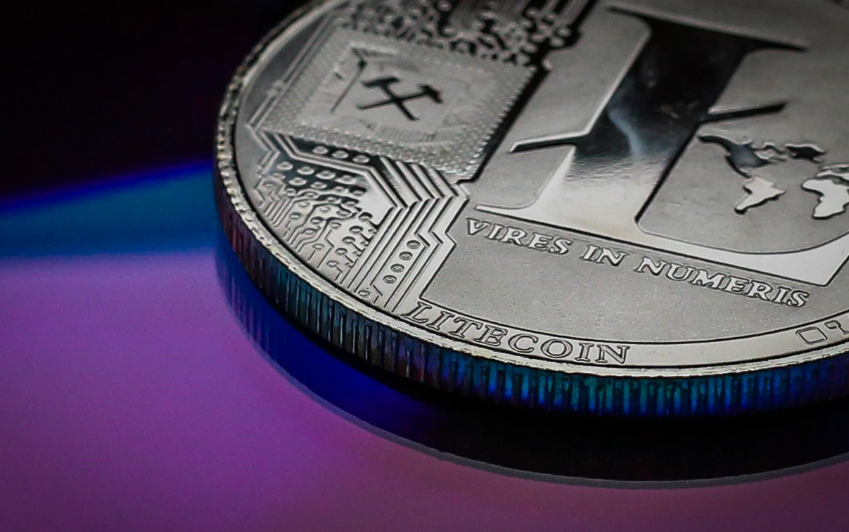In 2011, Litecoin (LTC), a cryptocurrency, was developed as a fork of Bitcoin. It employs the Scrypt hashing algorithm, which necessitates hardware and software created especially for mining. It can still be mined, and its value and trading volume place it among the top cryptocurrencies.
Validating blockchain transactions, then closing the current block and starting a new one, is the process of litecoin mining. By using computing power to solve the nonce, a component of the hash that secures the block, Litecoin’s proof-of-work consensus mechanism secures blocks. The hashing algorithm encrypts a series of alphanumeric numbers into a unique value known as the hash. Litecoin is given as payment when the nonce is resolved.
Litecoin mining became popular in 2011 when Charlie Lee, a software engineer at Google, announced its creation as a Bitcoin fork with modifications intended to help it scale more effectively.1
It can be mined on computers with central processing units and graphics processing units just like Bitcoin. It’s not as lucrative or competitive, though, as investing in an application-specific integrated circuit (ASIC) and joining a mining pool.
Table of Contents
Key Takeaways
- The need for specialized hardware and software makes Litecoin mining similar to Bitcoin mining.
- Despite the fact that computers can be used to mine it, Litecoin needs a number of ASIC miners to be competitive.
- Due to the cryptocurrency’s highly centralized mining network, solo Litecoin mining profitability is very low.
- Profits from Litecoin mining depend on your investments in hardware and software, pool fees, electricity costs, and the price of Litecoin.
Understanding Litecoin Mining
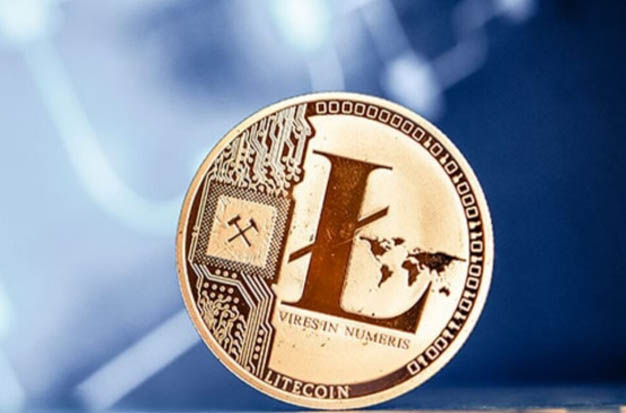
Mining for Litecoin and Bitcoin are very similar. On a machine, computer, or other device, a mining program is run. Despite the fact that mining is frequently described as a challenging mathematical process, the mining software randomly generates encrypted numbers and letters in an effort to guess a value that is less than the nonce, a two-digit random alphanumeric figure that is included in the block’s hash.
A mining network is created by connected miners over the internet. Anyone attempting to mine a Litecoin is in competition with every other miner in the network to solve the hash because there is no cap on the number of mining program users within a network of miners.
12.5 Litecoins are awarded to the first miner who guesses a target hash that is less complex than the one the blockchain protocol specifies as the goal. With increasing hash difficulty, the reward shifts over time.
How to Mine Litecoin
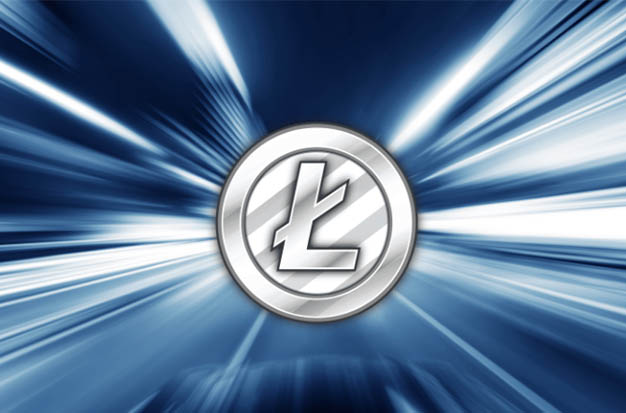
Hardware mining rigs and software to run the mining process itself are investments you will need to make to get started. A single miner using an ASIC, a computer, or a laptop has very little chance—if any—of solving a hash and earning a reward due to the current state of the Litecoin mining network. Nevertheless, even with one or two ASICs, you might not be able to keep up with the mining network and big farms and pools of miners.
For example, the Litecoin Miner L7 can mine at 9 GH/s (gigahashes per second, or nine billion hashes per second),2 while a CPU generally mines in thousands of hashes per second (KH/s).3
A mining pool is capable of mining at a rate of more than 120 TH/s (or 120 terahashes, or 120 trillion hashes per second).
You must buy one (or more) ASIC miners and connect them to the internet in order to start mining Litecoin. The next step is to select a mining pool to use, set up your miner according to the pool’s setup instructions (which are typically posted on the pool’s website), and start mining using the machine, software, and pool’s instructions.
Additionally, you’ll need to decide on a wallet to keep your private keys in. Exodus, Electrum, or Mycelium wallets are some options.
How to Select Mining Hardware
There are several factors that you should consider while looking into mining hardware or software for Litecoin:
- Your goals and expectations
- Price
- Energy use and cost
- Hashrate
- Whether to join a pool
Your Goals and Expectations
In order to mine Litecoin successfully, you must first decide what your objectives are. To earn some extra spending money, for instance, or to keep the Litecoin you earn as a reward, you might want to mine. Whatever your motivations, you must be certain that you can obtain the desired returns before purchasing pricey hardware.
Price
The mining pool F2Pool provides an up-to-date cost and revenue breakdown for ASIC mining. Although one of the most profitable Litecoin miners, the L7 costs $18,500, so it might take you a while to recoup your investment. The amount you spend will dictate how productive and profitable you are as a miner.45
It’s possible to find used ASICs for sale at much lower costs, but you should exercise caution because some of these machines have seen very intensive use.
Energy Use and Cost
ASIC miners’ energy consumption is something to take into account. The Antminer L7 Litecoin ASIC miner consumes about $10 in energy each day. Your energy bill would increase by more than $3,500 per year, further reducing your yearly profits.6
This price only includes the energy used to run the miner. ASICs generate a lot of heat when operating; for maximum profitability, they must run continuously. If you can’t figure out a way to exhaust the heat outside of your house, an ASIC will increase your cooling costs.
Hashrate
Another important factor is hashrate. You’ll be more competitive whether working alone or in a pool the faster your ASIC can hash. Although many mining pools divide the cryptocurrency they receive, the majority base individual rewards on the quantity of work each miner contributes.
Your profits will probably be significantly lower than those of a miner who has a faster mining rig or setup if your ASIC is slow.
Whether to Join a Pool
You must choose whether to mine alone or with a group after deciding on the equipment you’ll use. When you mine alone, you run the risk of going for extended stretches without discovering a block. However, if you’re fortunate enough to mine a block alone, you’ll keep the full 12.5 LTC plus fees.
Pool mining, in which numerous miners pool their resources and divide the rewards in accordance with the hashing power contributed, is still subject to the whims of chance. For example, your pool might open three out of ten blocks before having to wait 200 blocks to open the next one. With a pool, your income will almost certainly be more consistent, but you will only receive a small portion of each block the pool finds.
Recommanded Litecoin ASIC Miners
There are many powerful Litecoin ASIC miners on the market, we have selected the following for you to choose.
Bitmain Antminer L7

It must be the Antminer L7, which debuted in November, if we are to identify the most popular miner. The Antminer L7 consumes 3425W of power and boasts a potent hash rate of 9.5Gh/s, according to the manufacturer’s website. Litecoin (LTC) and Dogecoin (DOGE) mining with Bitmain’s Antminer L7 is intended to be as efficient as possible. The hash rate of 20 Antminer L3+ is equal to the hash rate of an Antminer L7 9500MH/s. ASIC will also support all cryptocurrencies that use the Scrypt algorithm. In light of this, you can add a large number of projects, including WorldCoin (WDC), Verge (XVG), DigiByte (DGB), Netcoin (NET), Novacoin (NVC), BitConnect (BCC), etc.
Bitmain Antminer L3++
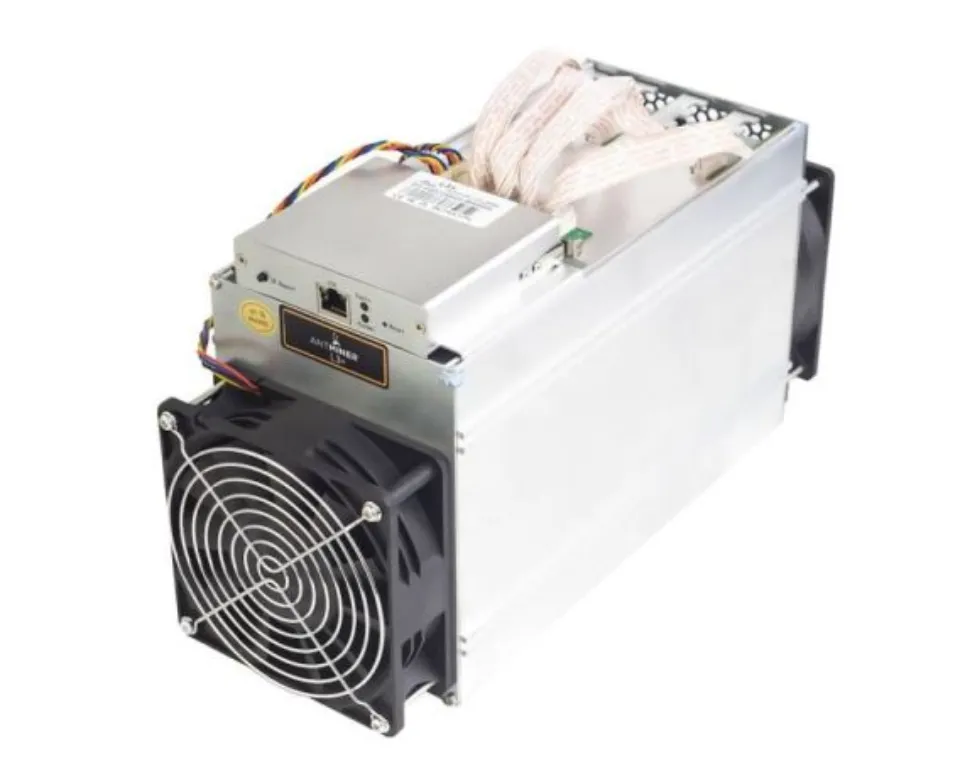
The model Antminer L3 ++, the last in this series, was released in May 2018. The equipment, like earlier iterations, makes use of a 16nm BM 1485 chip, which, based on user feedback, performs similarly to the Antminer L3+ when using Antminer L3 firmware. This is indicated by the characteristics of Antminer L3 ++:
- Working Algorithm: Scrypt
- Hash rate: 596 MH/s
- Power Consumption: 1050W
- Energy Efficiency: 1.6 J/MH
- Overall dimensions: 325x130x188
- Weight of the equipment: 4.5 kg
- Noise level: 75 Db
- Cooling system: Air
It is important to keep in mind when purchasing Antminer L3+ that this ashik only reaches its full potential after the installation of custom firmware.
Goldshell LT6
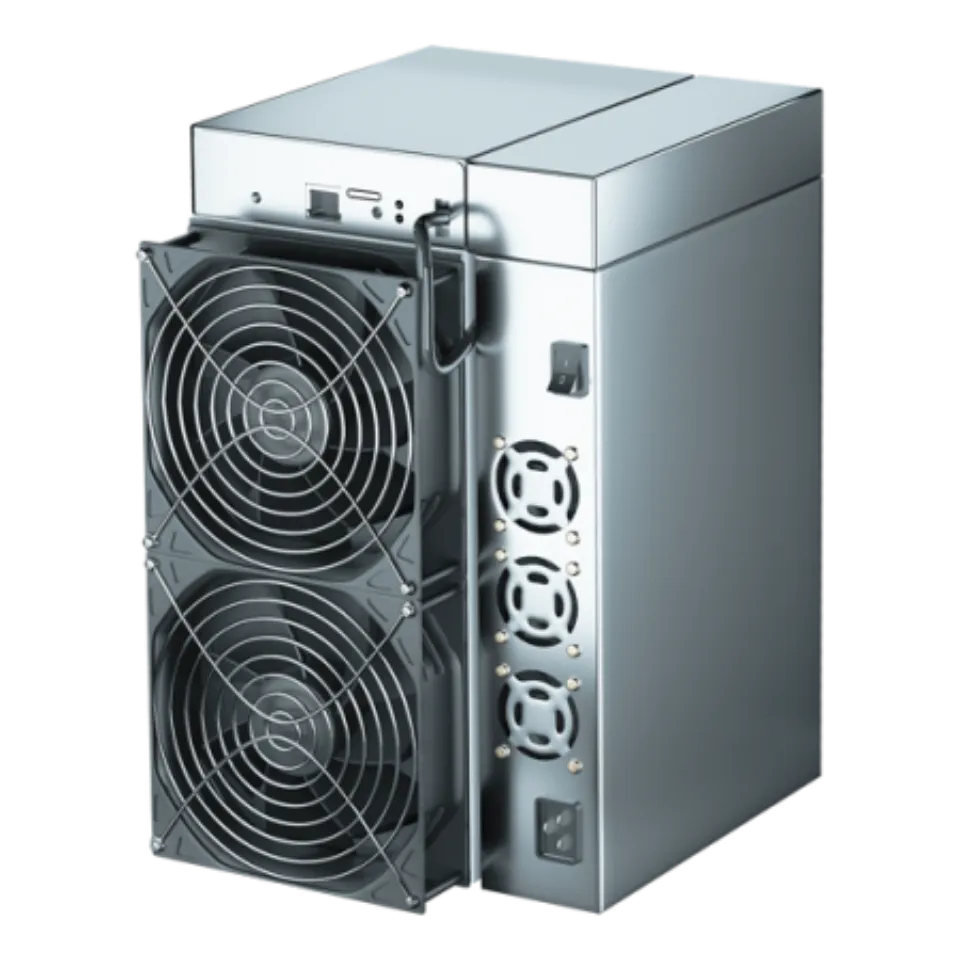
Another brilliant ASIC crypto miner that guarantees brilliant performance is the Goldshell LT6. It is simple to set up Goldshell LT6 and can be placed almost anywhere, whether it’s in your home or office because of its shape. The machine does make a lot of noise, up to 80 DB, so you should take that into consideration.
Nearly 3.35 GH/s of hashing power can be generated by this cryptocurrency miner. If you want to choose lower-power cryptocurrency miners, you may want to take into account its 3200W power consumption. Overall, though, it’s a fantastic edition, especially if you’re interested in functionality and mining for multiple coins.
Dogecoin and Litecoin mining are both possible with it. But that doesn’t mean that it only mines those two coins. More than 14 different coins, including Digibyte and Auroracoin, can be mined using it. Scrypt, a sophisticated algorithm that introduces a potent functionality, is used by Goldshell LT6.
Goldshell LT5
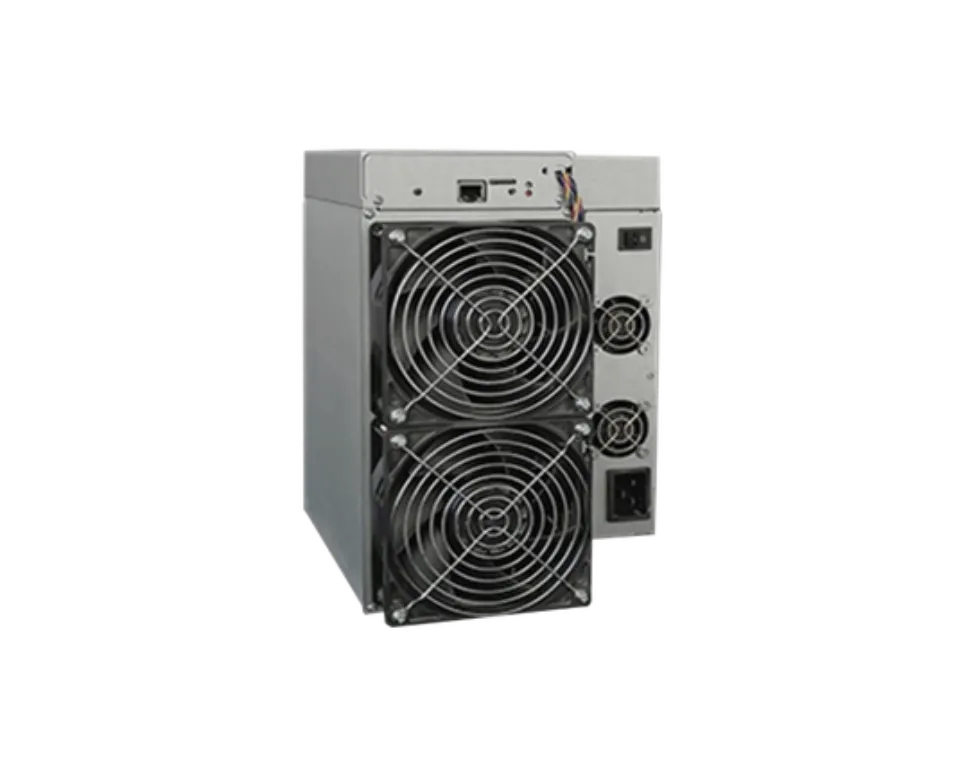
The Goldshell LT5 is one of the most anticipated the 2021 Litecoin miners. The publication date is March 2021. The standards for mining equipment performance have been raised by the producer Goldshell. Once again, the Goldshell LT5 does not disappoint. The miner uses 2080W of power and has a maximum hash rate of 2.05 Gh/s.
How Long Does It Take to Mine 1 Litecoin?
Litecoin’s mining reward is 12.5 Litecoins per block.7 The average block mining time on Litecoin’s blockchain is about 2.5 minutes.8
Is Mining Litecoin Profitable?
If your setup is appropriate and you join a pool that divides rewards profitably, mining litecoin can be profitable.
What is the Best Way to Mine Litecoin?
ASIC miners made specifically for Litecoin and Scrypt must be purchased, and joining a mining pool is the best and only way to increase your chances of winning a reward. Otherwise, your hashing power simply won’t be sufficient to compete.
Investing in cryptocurrencies and other Initial Coin Offerings (“ICOs”) is highly risky and speculative, and this article is not a recommendation by Investopedia or the author to invest in cryptocurrencies or other ICOs. A qualified professional ought to always be consulted before making any financial decisions because every person’s situation is different. No guarantees or representations are made by Investopedia regarding the timeliness or accuracy of the information provided here.

